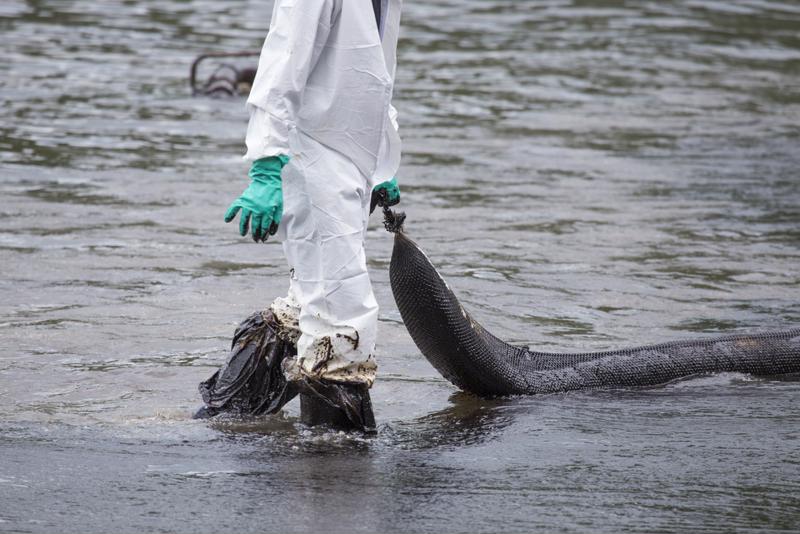Of all the commodities that are traded among nations, oil is one of the most common and profitable. In order to extract it and refine it into various sources, though, it requires a lot of machinery that can be dangerous when used improperly, sometimes leading to spills that can be harmful to wildlife and the environment. In recent years, the United States’ offshore facilities have been among the safest in the world in handling and production, based on a recent performance review.
96 percent of critical maintenance and inspections were done on time in 2013.
According to the Center for Offshore Safety (COS), oil and natural gas refineries located in areas outside of the continental U.S., but owned by the country, have performed admirably. For example, COS found that, on average, 96 percent of planned critical maintenance, inspections and testing were done on time and on schedule in 2013, the year in which the safety audit was carried out. Additionally, there were no workplace deaths in the calendar year among workers employed by COS-participating energy facilities, nor were there any major spills – indicative of poor well control. This is despite the fact that 42 million hours were spent on rigs off the coast of the Gulf of Mexico, a tremendous amount of time in which accidents could happen.
Charlie Williams, COS executive director, indicated that this a track record member of the industry can be proud of. However, there’s always room for improvement.
 The harsh environmental effects of oil spills makes adhering to safety protocols essential.
The harsh environmental effects of oil spills makes adhering to safety protocols essential.“America’s offshore oil and natural gas industry is even safer than before,” said Williams. “But our goal will always be zero accidents and zero spills.Sharing data and lessons learned throughout the industry is an essential part of the work COS does to continually enhance safety.”
What areas can be improved upon
As for areas in which the U.S.’ offshore oil and gas industry can stand to get better, COS pointed to improved mechanical lifting for cranes and hoists, process safety, more consistency in complying with operating procedures and safe work practices, as well as more effective preventive measures to help avoid accidents. In other words, better risk management is needed.
“COS will use the findings of this report as a baseline for future comparisons of year-to-year performance and safety improvement,” the energy industry-sponsored organization stated in its report. “Subsequent annual performance reports will be published in the year following the data they present.”
Free market trade mechanisms and diminished demand has helped create a glut of oil globally. According to the U.S. Energy Information Administration’s (EIA) latest short-term energy outlook, worldwide global inventory levels by the end of June are forecast to average 1.7 million barrels per day. Regarding overall consumption, EIA anticipates it to increase globally by 1 million barrels per day in 2015 and by another 1.1 million next year, Oil & Gas Journal reported.